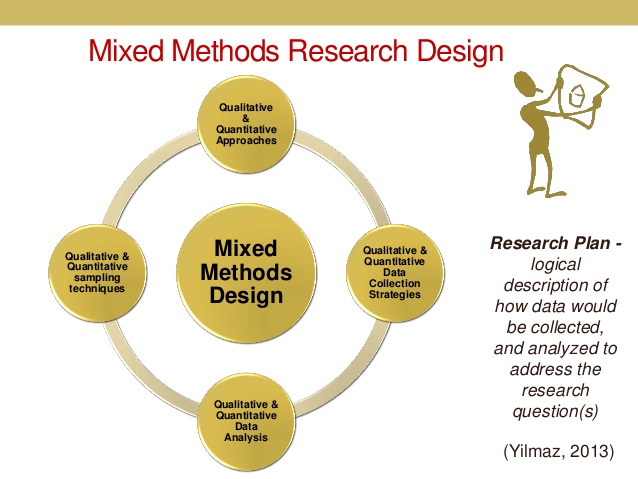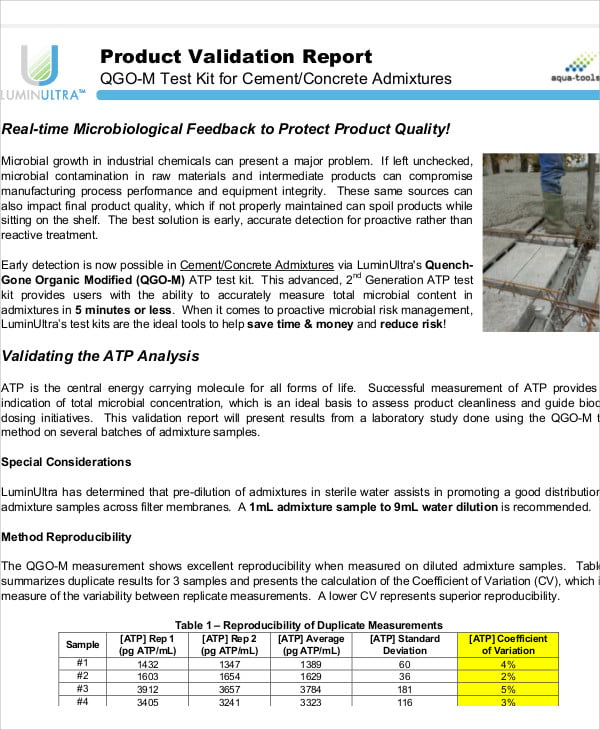
This may reflect the general lack of stability in the lives of people who are unhoused or limitations in the appeal of such a program to some portion of the unhoused population. WIC State and local agencies also experienced challenges related to the i-PARIHS subconstruct of time, resources, and support (i.e., presence or absence of sufficient time/resources/support). State agencies felt their ability to successfully implement the CVB changes was often influenced by having enough staff, financial resources, and time to dedicate to implementing the CVB changes. Similarly, local agency staff that made manual updates to food packages noted difficulty finding time to do so in conjunction with other responsibilities and priorities.
Designing a conceptual green process model in software development: A mixed method approach - ScienceDirect.com
Designing a conceptual green process model in software development: A mixed method approach.
Posted: Sat, 18 Nov 2023 05:01:24 GMT [source]
Intervention
Besides the three basic mixed method designs—exploratory sequential, explanatory sequential, and convergent parallel—you can use one of the four advanced frameworks to extend mixed methods research designs. For example, if a quantitative survey yields one result while a qualitative interview yields another, mixed methods research can help identify what factors influence these differences by integrating data from both sources. To reach a target goal of 105 participants receiving basic income through Miracle Money, recruitment efforts have yielded more than 200 individuals in each treatment group.
Table 1

Research shows that exposure to a variety of healthy foods promotes the development of healthy food preferences early and that continues later in life (6). Thus, the CVB plays a critical role in providing millions of WIC participants nationwide with healthy foods that can address key nutritional gaps through early childhood (7). However, the CVB monthly amount must be sufficient to make notable impacts on WIC participants’ diets (8, 9). Despite the recognised strengths and benefits of doing mixed-methods research, there is still only a limited number of nursing and related-health research publications using such this approach. Researchers need training in how to design, conduct, analyse, synthesise and disseminate mixed-methods research. Most importantly, they need to consider appropriate research questions that can be addressed using a mixed methods approach to add to our knowledge in evidence-based practice.
3 Data analysis
Integration of the two data sources then occurs with consideration is given to the weighting of both sources; these can either be equal or one can be prioritized over the other. Designed as a guide for novice mixed methods researchers, this chapter gives an overview of the historical and philosophical roots of mixed methods research. We also provide a practical overview of its application in health research as well as pragmatic considerations for those wishing to undertake mixed methods research.
The theoretical drive creates dependencies, because the supplemental component y is performed and interpreted within the context and the theoretical drive of core component x. As a general rule in designing mixed methods research, one should examine and plan carefully the ways in which and the extent to which the various components depend on each other. Dependence indicates whether the implementation of one component depends upon the results of data analysis of the other component. As we will see in the example case studies, a concurrent design could include dependent data analysis, and a sequential design could include independent data analysis. It is conceivable that one simultaneously conducts interviews and collects questionnaire data (concurrent), while allowing the analysis focus of the interviews to depend on what emerges from the survey data (dependence).
Being strictly focused on the most autonomous principles of legitimacy, they are unable to accommodate and have no choice but to reject the orthodoxy. Their only hope is to engage in heterodox innovations that may one day become the new orthodoxy. A fruitful starting point in trying to resolve divergence through abduction is to determine which component has resulted in a finding that is somehow expected, logical, and/or in line with existing research. The results of this research component, called the “sense” (“Lesart”), are subsequently compared to the results of the other component, called the “anti-sense” (“alternative Lesart”), which are considered dissonant, unexpected, and/or contrary to what had been found in the literature.
2 WIC administrative data
The common complexity of mixed methods design poses a problem to the above typologies of mixed methods research. The typologies were designed to classify whole mixed methods studies, and they are basically based on a classification of simple designs. Complex designs are sometimes labeled “complex design”, “multiphase design”, “fully integrated design”, “hybrid design” and the like. Because complex designs occur very often in practice, the above typologies are not able to classify a large part of existing mixed methods research any further than by labeling them “complex”, which in itself is not very informative about the particular design.
The space of position takings, in turn, provides the framework to study the most salient issues that are debated within the subfield. Since we can consider MMR to be an emerging subfield, where positions and position takings are not as clearly defined as in more mature and settled fields, it comes as no surprise that there is a lively discussion of fundamental matters. It should be clear to the reader that, although much progress has been made in the area of mixed methods design typologies, the problem remains in developing a single typology that is effective in comprehensively listing a set of designs for mixed methods research.

Integration
This is why we emphasize in this article the importance of learning to build on simple designs and construct one’s own design for one’s research questions. This will often result in a combination or “hybrid” design that goes beyond basic designs found in typologies, and a methodology section that provides much more information than a design name. Although this distinction is useful in some circumstances, we do not advise to apply it to every mixed methods design. First, Morse and Niehaus contend that the supplemental component can be done “less rigorously” but do not explain which aspects of rigor can be dropped. In addition, the idea of decreased rigor is in conflict with one key theme of the present article, namely that mixed methods designs should always meet the criterion of multiple validities legitimation (Onwuegbuzie and Johnson 2006).
The studies were conducted in accordance with the local legislation and institutional requirements. Figure 3 showcases issuance and redemption per participant for the 4 months before the $35/child/month, four months of the optional $35/child/month increase, and the first 4 months of the mandatory $24/child/month. During the change to $35/child/month, there was a stable increase in issuance (average $32.78/participant issued) and redemption (average $20.31/participant redeemed) amounts, but both sharply decreased in the first month of the $24/child/month ($19.38/participant issued vs. $12.46/participant redeemed).
To get ahead of the discussion, these problems have to do with the framing of MMR as a distinct methodology and its specific conceptualization of data and methods of data analysis. We argue that these problems hinder fruitfully combining methods in a practical understanding of social scientific research. Finally, we conclude with some tentative proposals for an alternative view on combining methods. The sixth design dimension or consideration is whether a design will be fully specified during the planning of the research study or if the design (or part of the design) will be allowed to emerge during the research process, or a combination of these. One sort of complexity mentioned was multilevel designs, but there are many complexities that can enter designs.
As a further indication of institutionalization, a research association (the Mixed Methods International Research Association—MMIRA) was founded in 2013 and its inaugural conference was held in 2014. Prior to this, there have been a number of conferences on MMR or occasions on which MMR was presented and discussed in other contexts. An example of the first is the conference on mixed method research design held in Basel in 2005.
Of course, this difference is a matter of degree, as even the works produced at the most heteronomous positions still have to adhere to the standards of the scientific field to be seen as legitimate. But within each discipline this dimension captures the difference between agents predominantly engaged in fundamental, scholarly work—“production solely for the producers”—and agents more involved in applied lines of research. The main component of the expected profit from innovation in the first case is scientific, whereas in the second case the balance tends to shift towards more temporal profits. Innovations can be radical or revolutionary in a rational sense, but they tend to originate from questions raised by the orthodoxy of the field.
In the mixed methods literature, various typologies of mixed methods designs have been proposed (for an overview see Creswell and Plano Clark 2011, p. 69–72). This design involves collecting quantitative data and then taking action, usually in the form of an intervention or intervention program. An example of this could be a research team who collects data from a group of participants, evaluates it, and then implements an intervention program based on their findings. Researchers could begin by collecting quantitative data through surveys to get an overall view of the participants' levels of physical activity and mental health. Qualitative interviews would follow this to explore the underlying dynamics of participants' experiences of exercise, physical activity, and mental health in greater detail. In an explanatory sequential design, quantitative data is collected first, followed by qualitative data.
The authors would like to express their gratitude to the expert advisory panel members and the WIC State and local agencies and caregivers of WIC participants that participated in the study. In view of the brief exploration of the indicators of institutionalisation of MMR, it seems reasonable to conclude that MMR has become a recognizable and fairly institutionalized strand of research with its own identity and profile within the social scientific field. The establishment of these institutions supports the autonomization of MMR and its emancipation from the field in which it originated, but in which it continues to be embedded. This way, it can be viewed as a semi-autonomous subfield within the larger field of the social sciences and as the result of a differentiation internal to this field (Steinmetz 2016, p. 109). It is a space that is clearly embedded within this higher level field; for example, members of the subfield of MMR also qualify as members of the overarching field, and the allocation of the most valuable and current form of capital is determined there as well.













